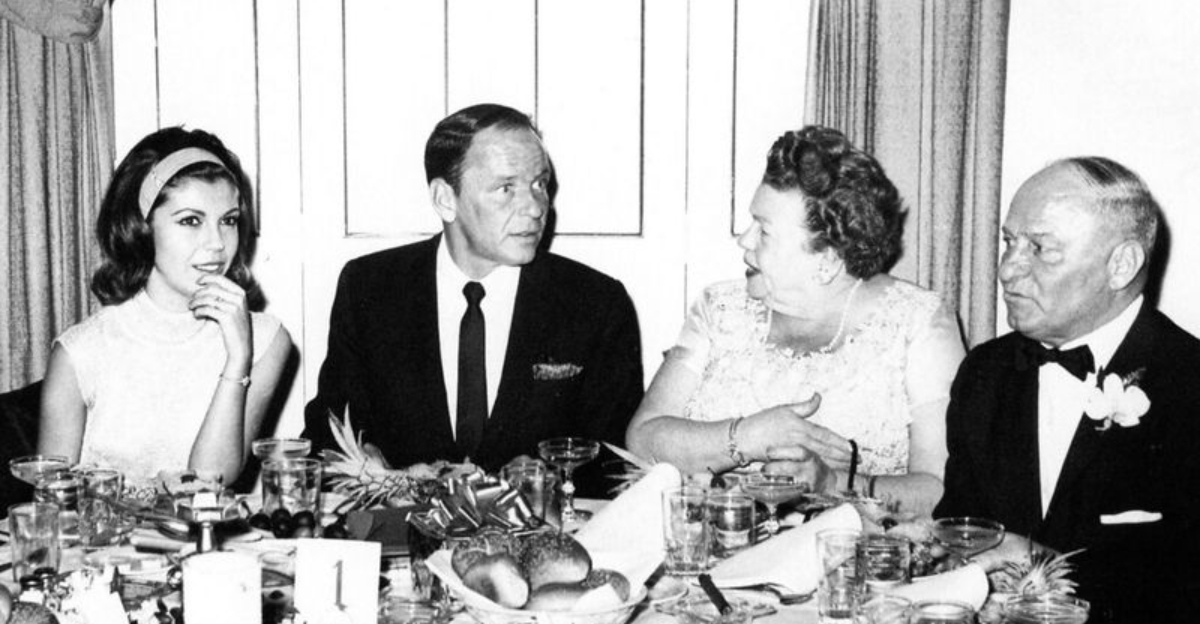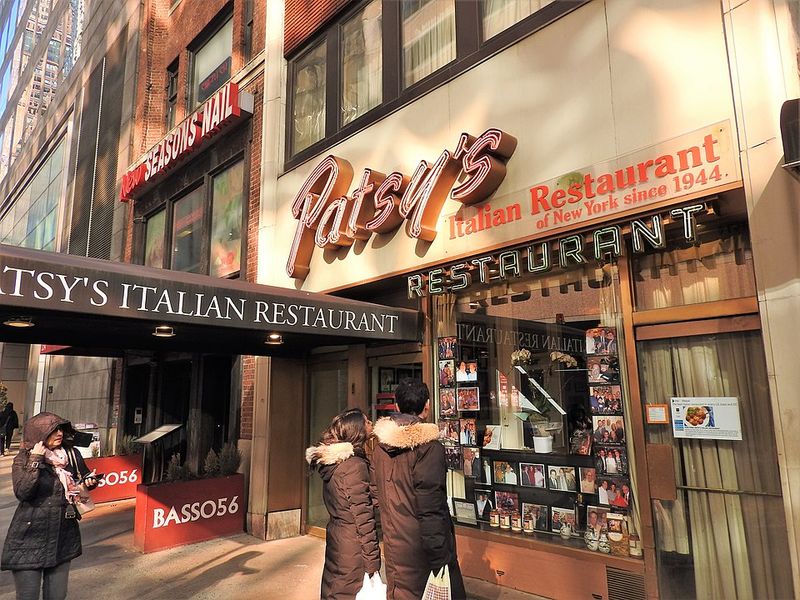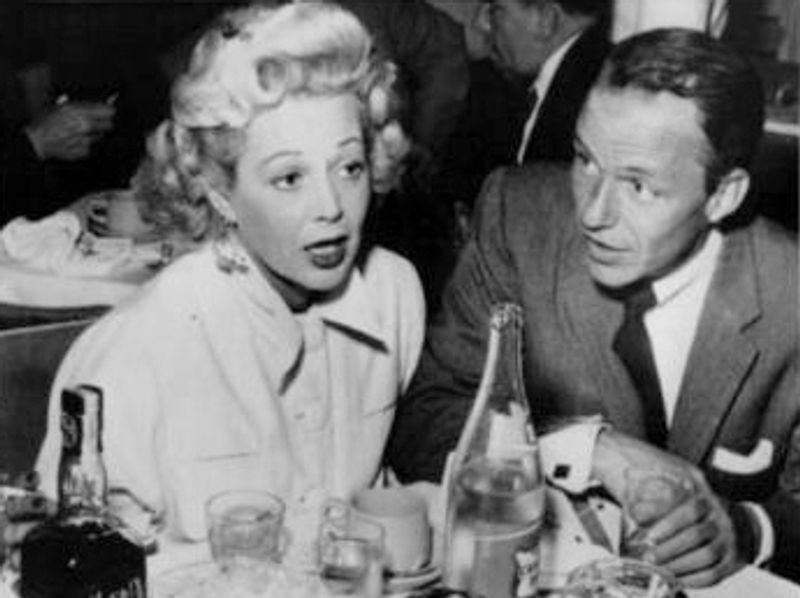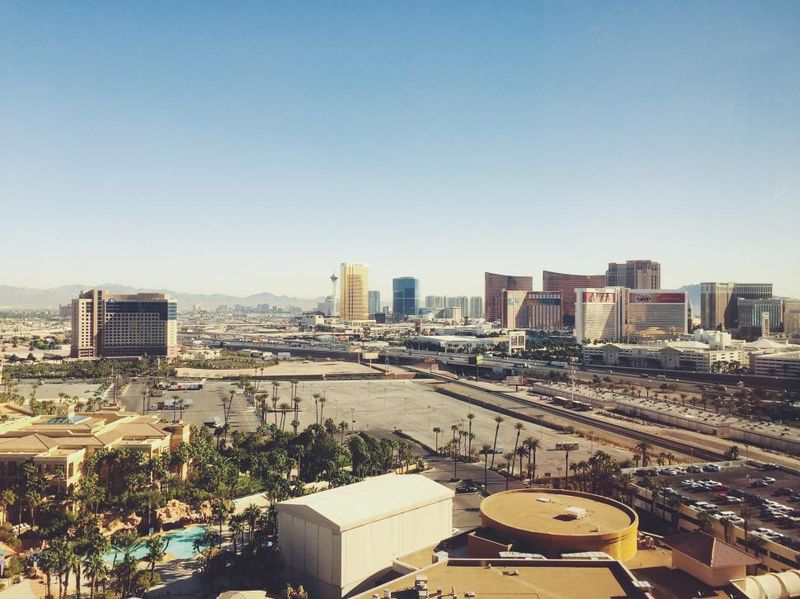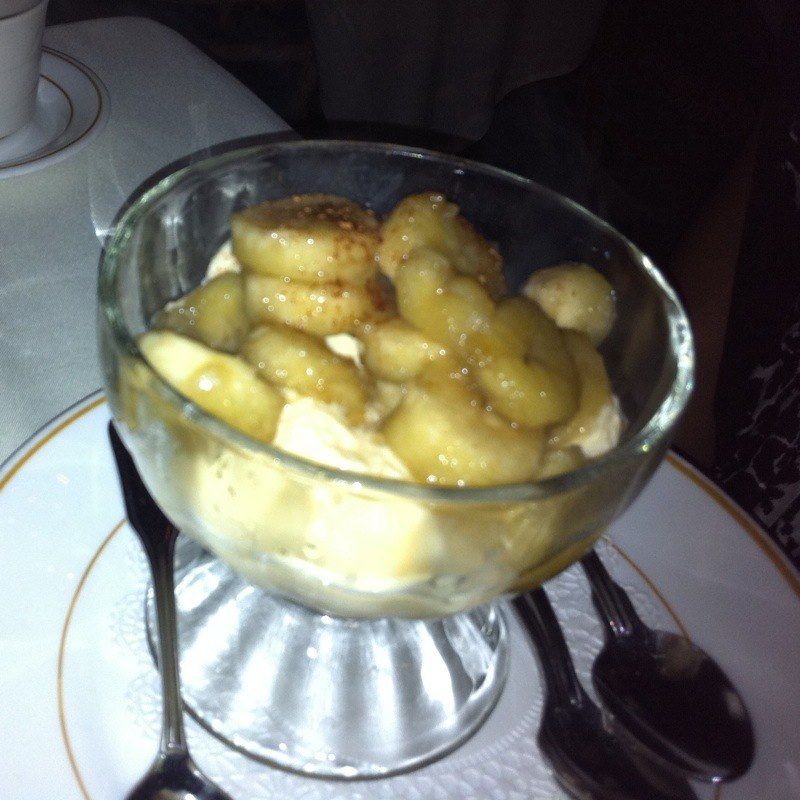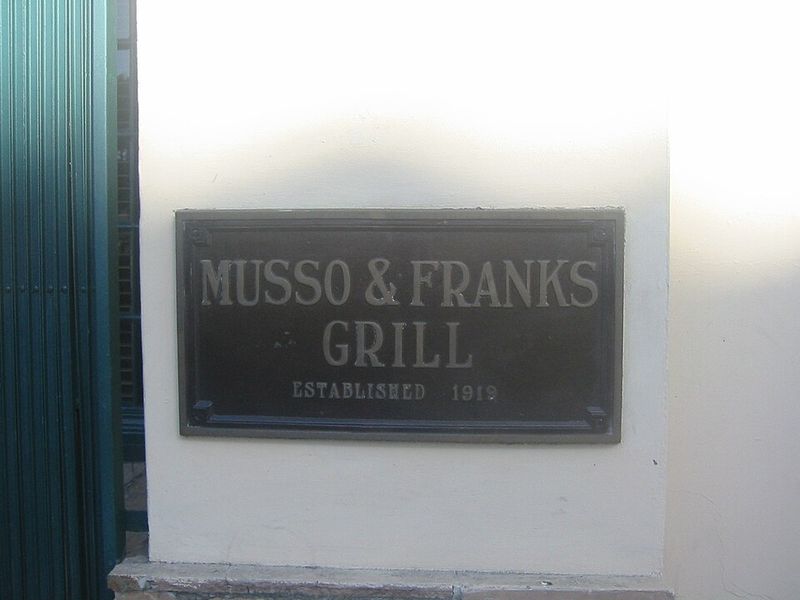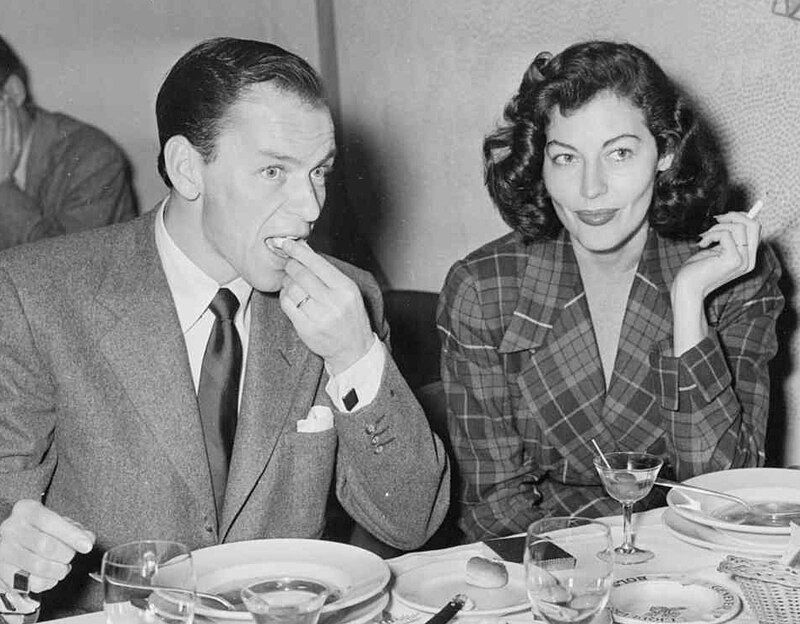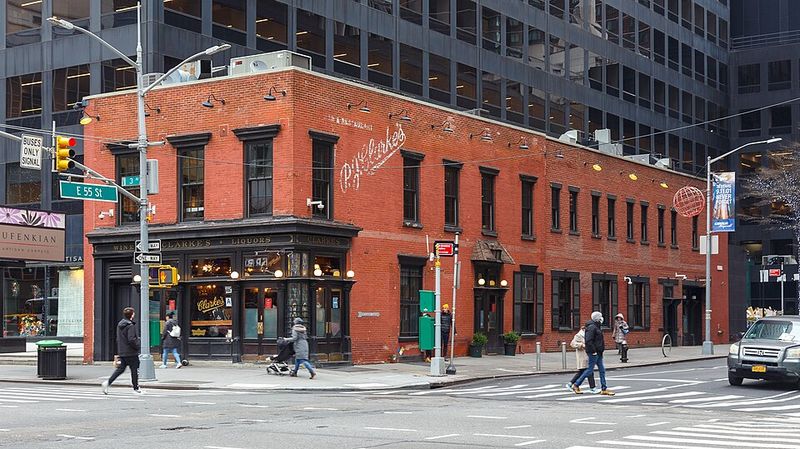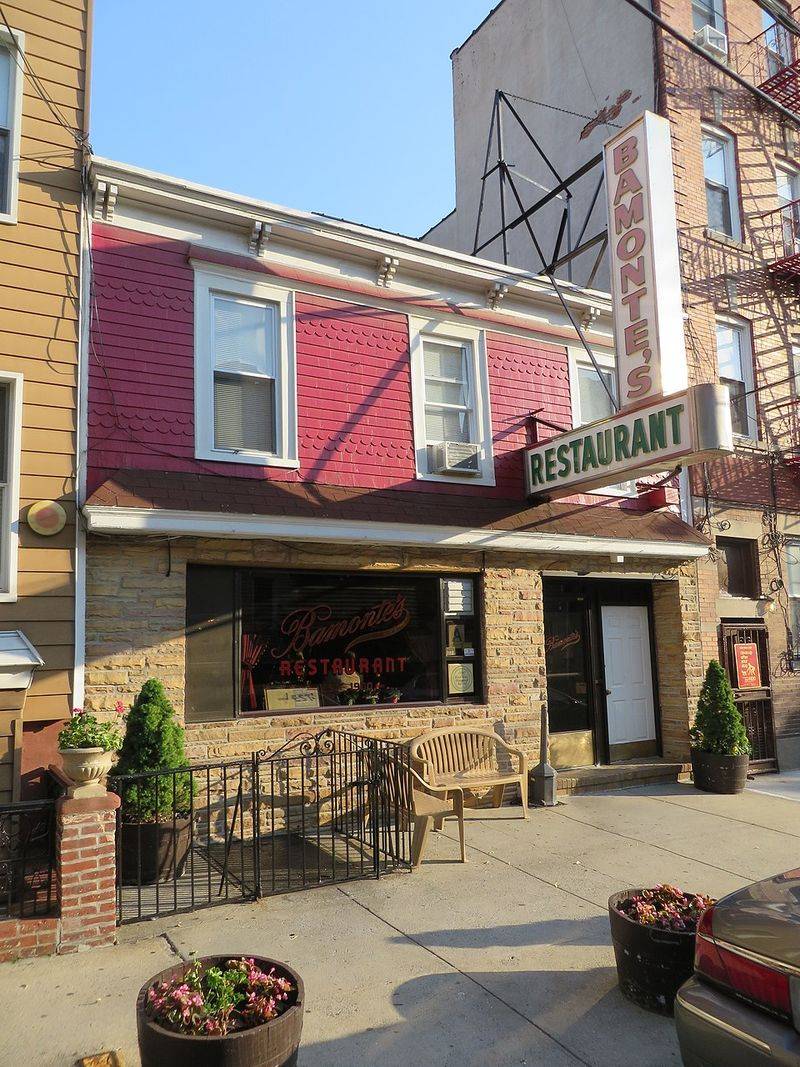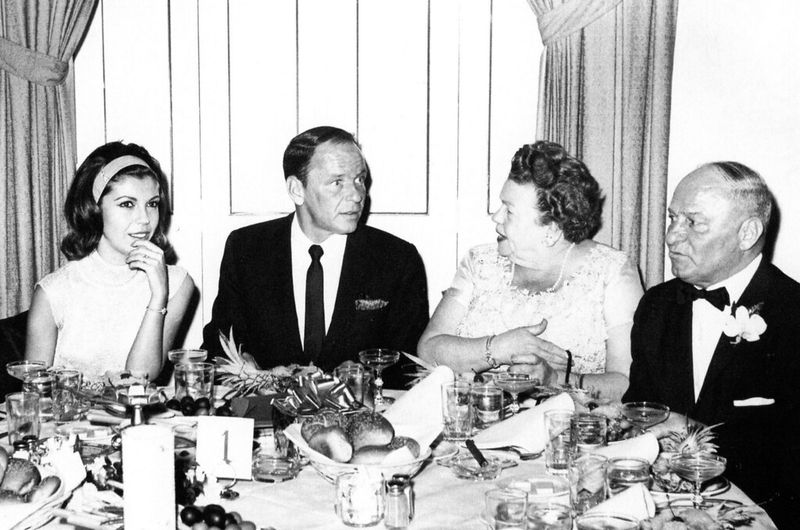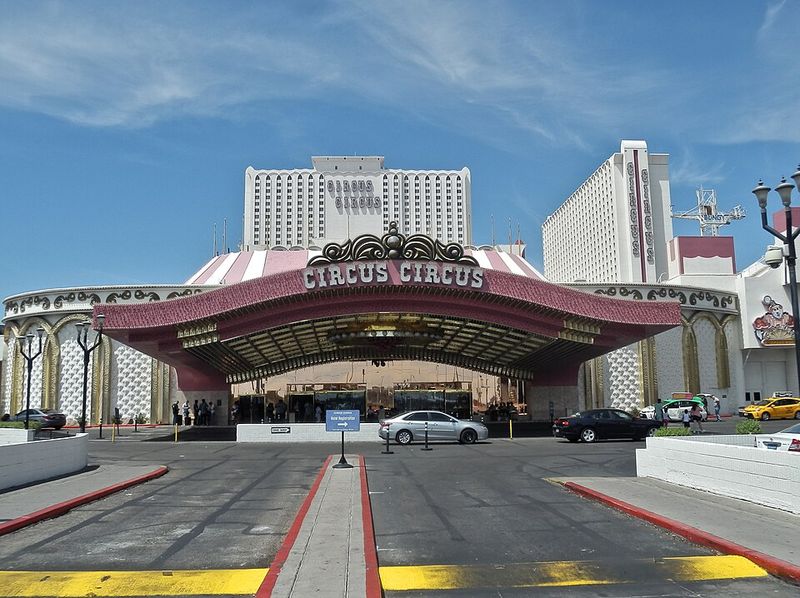Frank Sinatra wasn’t just a legendary singer and actor—he was also a man who knew exactly where to find the best food and atmosphere in America. From cozy Italian spots to glamorous steakhouses, Sinatra had his favorite places where he could relax, enjoy great meals, and feel at home among friends and fellow entertainers. These ten restaurants became legendary not just for their food, but because Ol’ Blue Eyes himself made them part of his story.
Patsy’s Italian Restaurant – New York City
Sinatra found comfort and authenticity at Patsy’s, an Italian-American gem in the heart of New York City. The restaurant served him dishes that reminded him of home—veal Milanese, stuffed artichokes, and lemon ricotta dessert became his go-to choices. He wasn’t just another customer; the owners say he helped boost the restaurant’s reputation among Hollywood and Broadway insiders.
Walking into Patsy’s felt like stepping into a family gathering. The traditional decor and warm hospitality made Sinatra feel welcome every time. Today, fans can still visit and see the famous “Ol’ Blue Eyes table” where the legend himself once sat, making it a living piece of entertainment history.
Leo’s Grandevous – Hoboken, New Jersey
Returning to Hoboken meant returning to his roots, and Leo’s Grandevous represented that connection for Sinatra. This old-school Italian eatery served dishes like mussels fra diavolo that reminded him of his childhood and early years before fame changed everything. The local ties and familiar faces made every visit feel like coming home, not just to a restaurant, but to his past.
Leo’s wasn’t fancy or trendy—it was authentic. The kind of place where recipes passed through generations and regulars were treated like family. For Sinatra, who traveled the world and dined in the finest establishments, Leo’s offered something money couldn’t buy: nostalgia and a genuine connection to the neighborhood kid he once was before becoming Ol’ Blue Eyes.
The Golden Steer Steakhouse – Las Vegas
Las Vegas in the Rat Pack era meant late nights, big shows, and even bigger steaks. The Golden Steer became Sinatra’s headquarters when he needed a hearty meal after performing. His order rarely changed: a perfectly cooked New York strip with pizzaiola sauce, clams casino, and Jack Daniel’s on the rocks to wash it all down.
Booth 22 held special meaning—it was Sinatra’s usual spot, and the restaurant still honors that legacy today. The old-Vegas atmosphere, complete with red leather seats and dim lighting, captured everything Sinatra loved about the city. For anyone wanting to taste history, this steakhouse delivers both incredible food and a genuine connection to Sinatra’s glamorous lifestyle.
Melvyn’s – Palm Springs
Palm Springs offered Sinatra an escape from the spotlight, and Melvyn’s became his dining sanctuary in the desert. He had a reserved table waiting whenever he arrived, and his order was always the same—Steak Diane paired with Jack Daniel’s and water. The restaurant understood his need for both privacy and excellent service.
Melvyn’s captured the mid-century California glamour that Sinatra adored. The elegant atmosphere, live piano music, and sophisticated crowd made it the perfect place to unwind. Even today, the restaurant maintains that timeless charm, allowing visitors to experience the same ambiance that drew Sinatra back time and again during his Palm Springs getaways.
Musso & Frank Grill – Los Angeles
Hollywood history lives inside Musso & Frank Grill, which has been serving stars since 1919. Sinatra became a regular because the restaurant offered exactly what he valued—classic steaks, strong martinis, and a crowd of fellow entertainers who understood the business. The red leather booths provided just enough privacy while still keeping him connected to the Hollywood scene.
What made Musso & Frank special was its unpretentious excellence. The waiters wore red jackets and knew their customers’ preferences without being told. Sinatra could relax here, enjoy top-quality food, and have conversations without worrying about intrusions, making it an essential part of his Los Angeles routine.
Dear John’s – Culver City, California
Sinatra didn’t just eat at Dear John’s—he encouraged its opening in 1962, making it part of his Los Angeles dining landscape from the beginning. The restaurant reflected his tastes perfectly: excellent steaks, dim lighting, and a clientele filled with entertainers and industry insiders. It became another home away from home where he could enjoy meals among people who understood his world.
The supper club atmosphere at Dear John’s matched Sinatra’s lifestyle beyond the spotlight. Conversations flowed easily, drinks were always strong, and the food never disappointed. This wasn’t just about eating; it was about being part of a community that valued quality, discretion, and the kind of old-school elegance that defined Sinatra’s era.
P.J. Clarke’s – New York City
Sometimes Sinatra wanted something more casual than fine dining, and P.J. Clarke’s in Midtown Manhattan fit that mood perfectly. This legendary saloon served hearty American fare—burgers with dill pickles and sea-salt fries became Sinatra’s favorites during late-night visits. The old-school hospitality made him feel like a regular guy, not just a superstar.
P.J. Clarke’s had that authentic New York character Sinatra appreciated. The mahogany bar, checkered floor, and friendly bartenders created an atmosphere where celebrities and locals mixed naturally. Whether stopping by after a show or meeting friends for drinks, Sinatra found comfort in this unpretentious spot that valued good food and good company above everything else.
Bamonte’s – Brooklyn, New York
Brooklyn’s Bamonte’s connected Sinatra to his Italian-American roots in ways that fancier restaurants couldn’t. The generous portions of pasta, the red-sauce classics, and the unpretentious atmosphere reminded him of family dinners and simpler times. Despite its reputation for gangster-era connections, what drew Sinatra was the honest, delicious food served with genuine warmth.
Walking through Bamonte’s doors meant entering a time capsule of Italian-American dining culture. The checkered tablecloths, vintage photographs, and old-world charm created an environment where Sinatra could be himself. This wasn’t about being seen—it was about enjoying comfort food that grounded him when life got too complicated or the spotlight became too bright.
La Dolce Vita – Beverly Hills, California
Sinatra put his money where his mouth was when La Dolce Vita opened in 1966—he became an original investor. The restaurant embodied everything he loved: classic Italian-American cuisine, a stylish crowd, and an atmosphere that balanced sophistication with warmth. Though the restaurant eventually closed and later reopened with updates, its connection to Sinatra’s social life remains undeniable.
Beverly Hills glamour met Italian tradition at La Dolce Vita. The restaurant attracted celebrities, business moguls, and anyone who appreciated fine dining with flair. For Sinatra, being an investor meant more than financial returns—it meant creating another space where his values of quality food, excellent service, and genuine hospitality could thrive in the city he called home.
The Steak House at Circus Circus – Las Vegas
Las Vegas had many steakhouses, but The Steak House at Circus Circus captured something special for Sinatra—the camaraderie and late-night energy that defined his Vegas years. After performing, he’d gather with friends, order steaks, and enjoy the easy atmosphere that came with being among fellow entertainers. The restaurant represented the fun, friendship, and freedom Vegas offered.
What made this spot memorable wasn’t just the food, though the steaks were excellent. It was the mix of showbiz personalities, relaxed vibe, and sense that anything could happen. Sinatra thrived in environments where work and play blended naturally, and this steakhouse delivered exactly that combination, making it a fitting addition to his list of favorite American restaurants.
